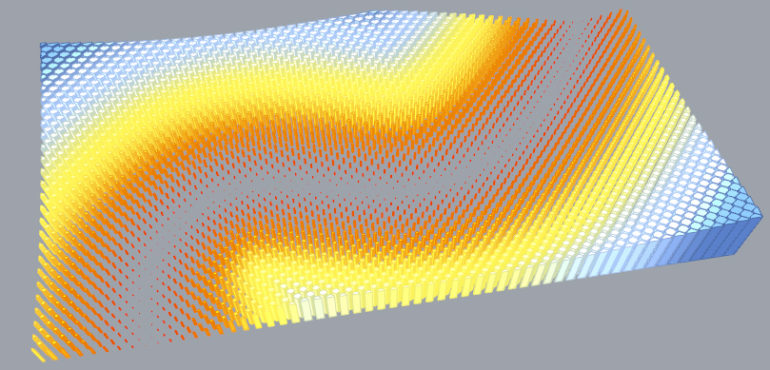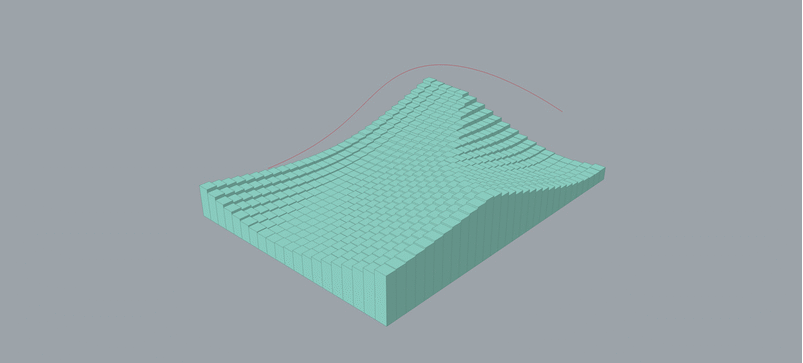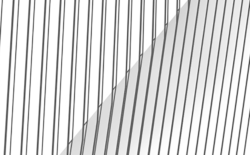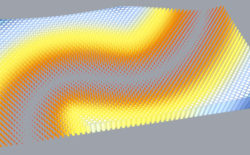What is parametric design and why does it matter?
Architecture and other forms of spatial and visual design have always been applying rules during the process. Some of the most important are alignment, rhythm, and contrast, which allow numerous and different outcomes. In fact, the quality of the final product depends heavily on the designer’s ability to control and experiment with these design principles. However, re-designing and trying new possibilities often requires a lot of work and can be very time-consuming. Because of this, design results are based more on intuition and previous experience than on comparison between the solutions.
Parametric design is a relatively new approach that helps with exploring options and fitting design within the set of requirements. It uses algorithms to apply parameters and rules and produce design. Thanks to this, the changes are faster and easier to be done. Parametric design can be used in two ways:
- Without predefined constraints, going from known to unknown and experimenting with results
- With constraint system where final design is the most optimal solution (and this can be measured and compared)
Attractors are one of the best ways to explain the first way of use. The multiple similar elements who form the shape are controlled by point, curve or surface that is called an attractor. The name is coming from resemblance of gravity and applying more of “the effect” on elements closer to the “attracting body”. Different effects can change based on the distance between controlling geometry and controlled ones – it can change color, size, angle of rotation, etc. Below is an example that controls the extrusion of the “cubes” based on the distance to the attractor curve.
Curves can also be used for defining the shape of the object in a more direct sense. Combined with other parameters, they can also allow many changes in a short time. Below is an example of a parametric bench where two curves control shape together with numerical controllers that adjust the number of parts and their dimensions.

The other approach allows simulation and comparison of different solutions. Thanks to algorithms that update and redo any type of analysis, it is possible to have instant feedback for design. Structural analysis is one of the most often uses of parametric design. Thanks to different plug-ins, it is possible to have direct insight into structural behavior. It is possible to compare materials, elements dimensions and positions. This is especially useful for unique and non-ordinary structures, that would require time-consuming calculations otherwise.
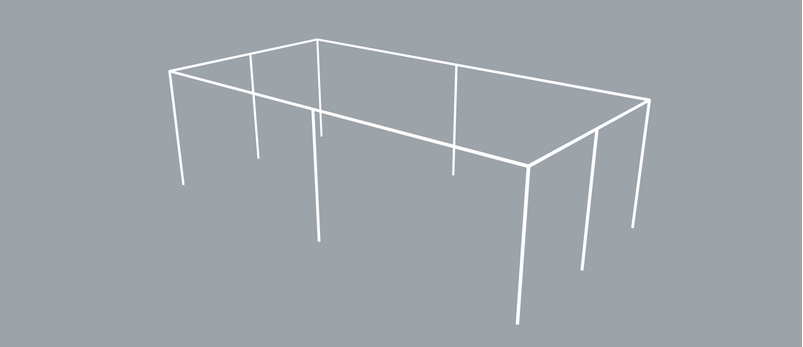
Sun and daylight analysis are another typical analysis performed with the use of algorithms. Whether the facade is kinetic or static, it is possible to calculate and compare the number of sun hours during day/month/year. In further steps, energy consumption can be evaluated.

Besides the basic examples presented here, there are many more areas and possibilities for the application of parametric design. New approaches in design and optimizations of design are emerging all the time, so it is important to follow up and be among the first to get an advantage. In the following weeks, new posts will be published looking more closely to a topic by topic, so don’t forget to follow us on social media and stay updated:
https://www.facebook.com/goparametric/
https://linkedin.com/company/go-parametric/
https://www.instagram.com/goparametric/
